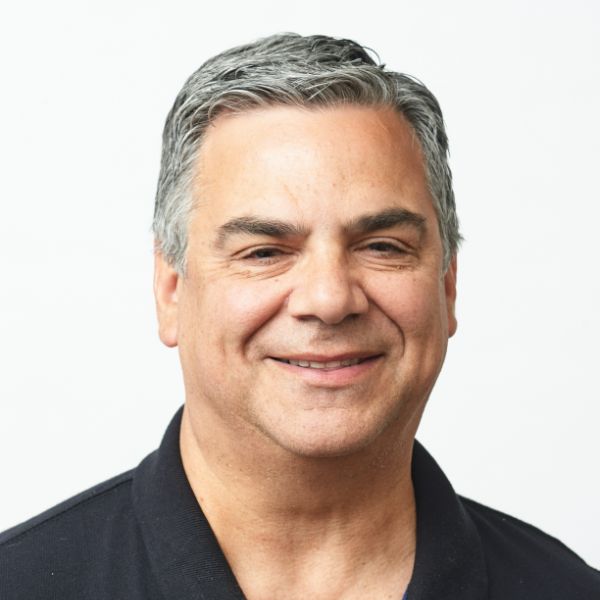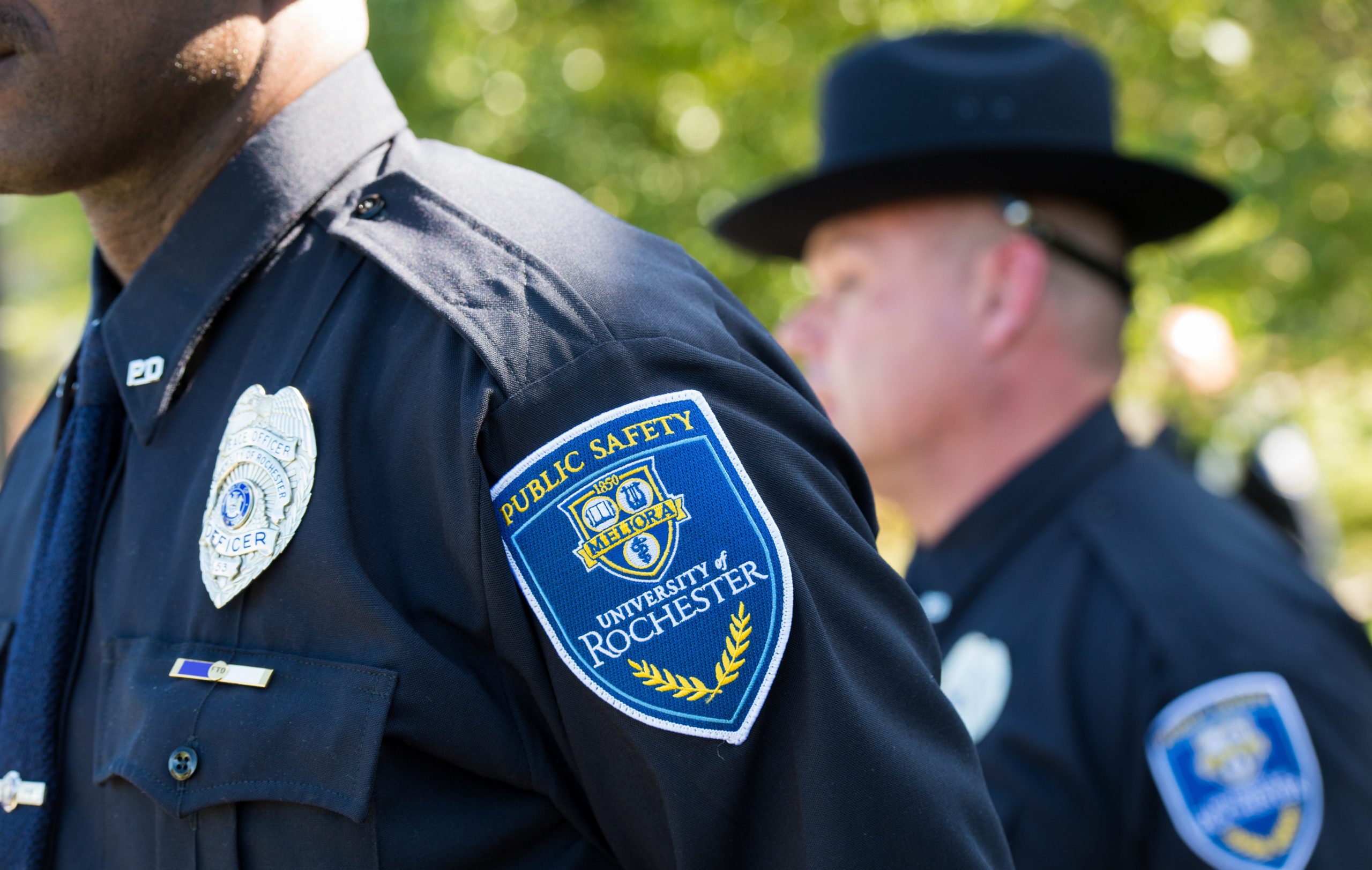Amy Lerner, associate professor of biomedical engineering is among one of the 2016 recipients of the Goergen Awards for Excellence in Undergraduate Teaching.
I didn’t start in engineering. My dad was an engineer, but no one could convince me that engineering was what I should do. I majored in textile design at Cornell and worked for four years designing the Shuttle space suit for a company in Delaware called ILC Dover. While I was doing that, I thought, “This is engineering. I’d like to do that.” So I went to the University of Delaware for my engineering degree and discovered biomedical engineering. And I realized you could do that for a day job.
The first thing I ask freshmen is, “Why are you here? What does BME mean to you?”
One of the things I advise students is to look 10 years ahead. What are they thinking they want to do? Look at the job postings—not the ones you want tomorrow but the ones you want to become qualified for down the road. Some students try to do too much at once. You have 10 years to get there.
When I’m teaching, I work hard to present the work [in the context of a real problem that someone needs a solution to]. That’s the heart of our senior design program.
In biomedical engineering, we felt that to prepare students for the challenges they’re going to face in the future, they have to work with a real customer with a real problem. The students must learn to solve the problem and tactfully deal with a customer who might have unrealistic expectations.
Good design comes from good failures. We’re floating 16 different projects this year, and we believe in Edison’s philosophy: “I have not failed. I’ve just found 10,000 ways it won’t work.”
We don’t expect 100 percent success from projects. We expect 100 percent improvement from students. It’s great when we get a product out the door. But I’m getting a product out the door every time we graduate a student.
MonoMano is one of the more exciting projects we’ve had. It’s a company that sells adaptive cycling equipment for stroke victims and amputees, and it’s another example of me throwing a challenge at students and them proving me wrong.
I said, “You know, you’re probably not going to do anything with this, so let’s give it away. Put it on the web and give it away. I’m tired of having these ideas sit on a shelf.” I told them that on a Thursday. On Monday morning, they told me they were starting a company and applying to different business competitions. They proved me wrong.
There really are no right or wrong answers in my courses.
For most of the problems I pose, there is more than one answer. That’s what real engineering is, especially design. Grading is hard because you’re focusing more on the process, and whether the student can present it well, rather than if they got the right answer.
Keeping in touch with alumni is great pride and great fun. It’s helpful and inspiring to our students.
One of the frustrations of the early days of the program was not having graduates in the real world we could pull back to speak to our undergraduates. We have that now. The graduates are in the real world, but they’ve sat in the students’ seats. We do a lot of Skype sessions, and some of them have resulted in jobs for our students.
Do you want to hear a funny story?
My mom was a middle-school teacher in Kenmore, a suburb of Buffalo. When Goergen Hall opened in 2007, I brought my parents. My mom saw the Bob Goergen sign. She said, “Hmmm, I wonder if he grew up in Kenmore.” I said “I have no idea, but let’s go look at his plaque.” Sure enough, Bob Goergen was in my mom’s middle school class a million years ago. She remembered the name. She said, “He was a nice boy.” I often think of that when I’m looking out at my students. You never know who’s in the classroom.


